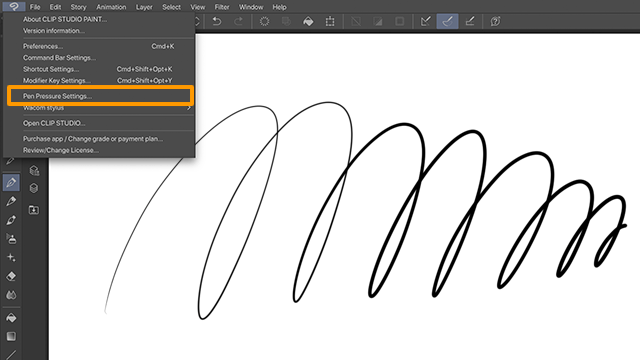How to draw Lions
Hi everyone, I'm Chrystian. This time I bring you a tutorial about how to draw a lion from its simplified structure to some anatomical features.
This system can be used to draw other large cats while considering variations in proportions of the species.
General forms
We will start with general forms and gradually we will be adding details.
First we have the trunk, it is the easiest part to understand and the one that will give us the general movement of the figure.
For the trunk we draw a rectangular cube and round the tips at the same time make the straight lines turn a little curved outward, as shown in the figure.
we see that it seems that we inflate air and it becomes bulging.
Now we "crush" the cube at both ends to make it thinner and taller
Now we cut the cube in half with a line, this helps us separate the area corresponding to the ribs from the other part of the trunk.
We make the back wall of the cube smaller.
We add an extra lid on the front, this one is also smaller, we connect this lid with the rest of the shape.
We have thus a simple but very dynamic and flexible form that we can represent of different positions and twists.
The most advisable thing is that at the end of this tutorial you practice placing these simple forms in photos of real lions and little by little you will be able to invent your own poses.
Basic shape of the head and neck
We also started building the head with a cube in it leaving a space between the front of our rectangle
Now we join the head cube with the body, thus forming the neck, we also add a smaller cube in the front
We add a small wedge at the bottom of the small cube, this will start shaping the chin.
And finally we draw the base of the bridge of the nose.
Basic leg shape
We are going to change our model position, now we will work it in profile, to place the basic shape of the legs.
It is convenient to consider the legs from the bones that support them, in this case we refer to the scapula and the pelvis.
There are two peculiarities that will help us remember how they are placed.
1. They form a parenthesis inside the trunk.
2. Stand out very slightly at the top
We add a couple of forms to the sequence of the legs, note that they have a protrusion in the back, the reason for this is better understood when passing in sight of the skeleton and muscle, later.
And to conclude the general shape of the legs we add the phalanges and claws, which this synthesis, take the form of small shoes.
Simplified anatomy
Now we can draw on our scheme a very simplified version of the bone system.
This is because at this stage it is better for us to understand in a general way how the structure works, later we can investigate more about individual bones and muscles.
Once you have copied the skeleton and are happy with the result we can do the same now with a muscular synthesis of the legs and the shape of the general contour.
The mane is constructed by tufts that cover the entire body, sometimes they advance quite a bit in the chest.
Head Construction 2
After we understand the general form we can add a new scheme to build the head and add a little more detail with it.
The claws
The legs have a system by which their claws hide between the phalanges when they are at rest, and when they stretch they arise.
When the leg is at rest, a dark "spot" is seen between the hair where the claw will come out.
Note that the pinky is not noticeable between the fluffy hair.
Finally I leave this drawing where you can practice what you have learned.
Thank you for following this tutorial, I hope you found the tips helpful. If you like, you can share a comment or question. until next time













Comment